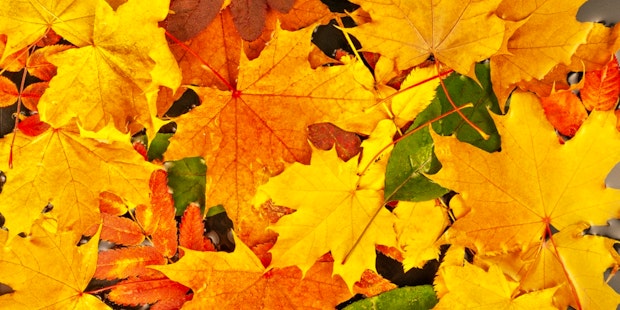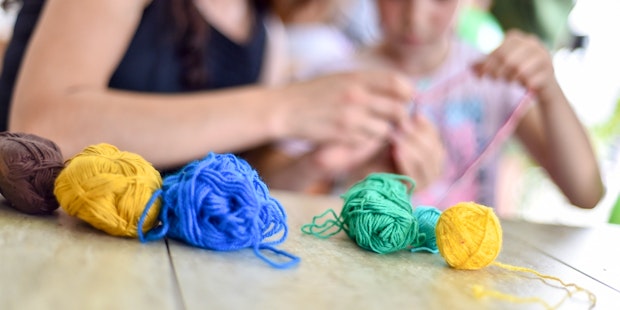Geometric string art MAKE activity
Combine geometry and string to create beautiful art
Discovery Place Nature
Geometry is all about shapes and their properties. Their sizes, how many sides they have, the measure of angles within their points and what dimension they are in are all ways in which shapes can vary.
Grab a sheet of paper and see how many shapes you can name in a minute. How many did you list? Did you cover the basic shapes like square, rectangle, triangle, circle? How about trapezoid, rhombus, hexagon? Did you list any three-dimensional shapes like sphere, cube, pyramid?
There are dozens of shapes, and we can find all kinds around us if we look close enough. Now that we’ve got shapes on the brain, let's get into our geometric string art project! In this Make activity we’ll be learning about how we can combine geometry and art to create beautiful patterns.
This project includes about 5-10 minutes of preparation and another 10 minutes of learning time. It is best suited to kids in elementary school grades.
Materials:
- Workspace: Either wood, foam or corkboard
- Pins: Thumbtacks or nails
- String (alternatively, young learners can try working with pipe cleaners)
- Hammer (optional, for use with nails)
- Safety eyewear (optional, for use with hammer)
No pins alternative: Cardboard piece, scissors and string. See second set of directions.
Directions:
1. Plan it out! Either on your workspace itself or on a blank piece of paper, trace your design. This needs to be a bit smaller than your workspace, so if it helps, you can trace your workspace onto the paper first to know how much room you have to work with. Try to keep your design simple and spaced out, tiny, close lines will be trickier to string between.

2. With a marker or pencil, mark each of the points on your design. Optional: After all points are marked, use your thumb or ruler to mark points about an inch apart along all lines of your design.
3. Place your design over your workspace and begin nailing or pushing pins into each of your marked points. These should be deep enough to not move when wiggled.

4. Now comes the fun part! Take your string and double knot it onto any point’s pin. Go along the outline of your design, looping around each pin, keeping the string taut without pulling so hard that you pull out the pins.

5. Once the outline is done you can choose to leave it as it is or fill the inside of the design.

6. Carefully remove the design template from behind pins. With your project complete, see what shapes you can spot within all the crossed lines of string!

Directions for project if doing without pins:
1. Plan it out! Trace or sketch your design onto cardboard.
2. Cut your design out.
3. Use your scissors to make ½ inch deep cuts around the sides about every inch. Don’t forget the corners!

4. Tape the beginning of your string on the back of your project starting at any of the edge cuts.
5. Work your way around the edges to outline the design.

6. Once the outline is done you can choose to leave it as it is or fill the inside of the design.
7. Tape the string end down on the backside of your project.
8. With your project complete, see what shapes you can spot within all the crossed lines of string!




